Want to visit Mongolia, but don’t know where to start? From Sand Dunes of the Gobi, through the Altai Mountains and the Orkhon Valley, to the Khuvsgul and Taiga lakes, Mongolia is full of wonderful & different nature for you to explore!
Here are (in no particular order) 15 Must-See Destinations in the Land of the Blue Sky:
1. Khuvsgul Lake /Khuvsgul Nuur/
The Blue Pearl of Mongolia, Khuvsgul lake is surrounded by lush forests and mountainous land by the same name. A sister lake of the Russian Baikal, it alone contains 2% of the Earth’s fresh water reserves. At 167 km long and 12 km wide, the lake is considered the deepest, if not the largest in the country. Some locals even call it a sea! A truly wonderful destination, popular with tourists and locals alike!
2. Khongor Sand Dunes /Khongoriin Els/
The Famous Gobi Desert is not actually entirely made up of sand – it takes up only about 3%. And all that sand is concentrated here in the Khongor Sand Dunes! Though not the largest, it nevertheless remains the best known and most visited dunes in the country. With its profound measurements of 180 km long and about 10 km wide, the dune peaks at 200 metres in height and is not that easy to climb. Still, the view only gets more beautiful and breathtaking the higher you climb.
3. Orkhon Valley /Orkhonii Khondii/
The Orkhon Valley is one of the few sites in Mongolia to be inscribed by UNESCO as a World Heritage. The valley represents the evolution of nomadic pastoral traditions and includes numerous archaeological remains dating back to the 6th century. The beauty of the natural site consists not only of green plains and hills bursting with basalt lines extending on both sides of the Orkhon River, but also of deer steles, hirgesuur (tombs with slabs), anthropomorphic and zoomorphic statues, and ruins of ancient capitals. Definitely come and visit this paradise of Yaks!
4. White Stupa /Tsagaan Suvarga/
The biggest canyon-like land formation in the country, the Tsagaan Suvarga (White Stupa) is located in the Dund-Gobi province. The impressive 60 m high and 400 m wide legendary cliff has been eroded by nature. Having 10 million years of history, the cliff indicates different eras through its colored layers. Tsagaan Suvraga is interesting to see, with its sheer slope facing east, which from a distance seem like ruins from an ancient city, which prompted the locals to give it it’s name. One might even call it the land of dinosaurs and ancient animals.
5. 8 Lakes /Naiman Nuur/
This natural park, a set of Eight Lakes (Khuisiin Naiman Nuur), is perched between the volcanic mountains of Khangai. Understandably, the lakes were created from volcanic eruptions centuries ago. These interconnected freshwater lakes consist of Shireet, Khaliut, Bugat, Khaya, Khuis, Onon, Doroo and Bayan-Uul. A magnificent place with a difficult access, it’s hidden between misty passes and massive dense forests.
6. Yol Valley /Yoliin Am/
Yoliin Am, or the Vulture Valley in Mongolian, is a deep and narrow gorge in the Gurvan Saikhan Mountain with a secret glacier riverbed in the chasm. The rocky cliffs were created from years of water erosion. In earlier times, the river rarely melted, becoming meters thick and kilometres long by the end of winter. In late years however, the ice mostly melts away by September. The river sustains a lot of animals as well: bighorn sheep, ibex, and of course one of the massive Bearded Vultures who habit there, which the valley is named after. Take a nice stroll here through the unusual freshness in these arid corners and observe the rocky walls.
7. Bayanzag "Flaming Cliffs"
One of the most famous paleontological excavation sites in the Gobi Desert! The famous fossil dinosaur eggs were discovered here in the 1920s by Roy Chapman Andrews, the Indiana Jones of his time. These eggs not only established that all dinosaurs were oviparous, but also inspired a certain Steven Spielberg for Jurassic Park …
Although the bones are rarely visible on the site now, Bayanzag has other excellent qualities, too: its red ochre cliffs standing out on this vast plateau are breathtaking, especially during sunset you’ll understand why people call it the “Flaming Cliffs“. Numerous camel herding families settle here, between a strange turtle-shaped restaurant and the saxaul forest.
8. Khogno Khan Nature Reserve
The Khogno Khan mountains, considered sacred since the time of the Turks, presents beautiful hill formations and sand dunes called the “Elsen Tasarkhai“. The site contains various historic & religious attractions: the “Erdene Khambiin Khiid” Monastery, rebuilt in the 90s after being destroyed during the Soviet purges; on the same site and higher up, the ruins of the “Ovgon Khiid” Monastery, also destroyed during the purge; and the site of an historic battle between the Khalkha and the Oirad tribe, who resisted the expansion of Buddhism, which contradicted their traditional warrior customs.
9. Terelj National Park
Close to the capital and yet so different, the Gorkhi-Terelj park reveals the true landscape of Mongolia: mountainous and hilly with rock formations. It’s popular with local and foreign tourists alike with attractions like the Chinggis Khan Equestrian Statue. The protected area is home to many endangered animals: numerous species of birds, some species of moose, brown bear, weasels are among many. It’s also where the famous Turtle Rock is located – a naturally formed huge rock that looks like a turtle from afar in some angles.
10. Khorgo National Park
The Khorgo, Terkhiin Tsagaan Nuur Natural Park is home to another peculiarity which arose from the tectonic activity of the Khangai mountains. In the center of the park, the extinct Khorgo Volcano dominates the entire land, which is covered with massive basalt blocks, seconded by the passive eruptions of the region which opened real breaches in the surrounding steppes.
At its feet, the Terkhiin Tsagaan Nuur /Terkh White Lake/ stretches its waters, surrounded by basalt formations, installed by locals in tribute to the spirits of the area. The National park is a very nice destination to hike, swim or fish.
11. Khustai National Park /Khustain Nuruu/
Khustain Nuruu National Park, located to the west of Ulaanbaatar, is known by many for its famous Prjewalski horses, small “prehistoric” horses called Takhi, whose representations can be seen over 15,000 years ago in caves of Lascaux, France! These horses disappeared naturally in the 1960s, but were reintroduced to Mongolia through zoos from different countries. Since the arrival of twenty wild horses in 1992, the population has increased to about 350! There are many other species of protected animals in the park as well: the red deer, Siberian roe deer, wild boars, Mongolian gazelle, gray wolf, Pallas’ cat, Eurasian lynx and many more.
12. Altai Mountains /Altai Tavan Bogd/
Altai Tavan Bogd National Park with an area of 636,200 hectares, has been under state protection since 1996. This chain of mountains is covered with eternal snow, where there are frozen rivers, steppe landscapes and beautiful nature to the particular ecosystem. The natural park includes 4 peaks: Altai Tavan Bogd, Tsambagarav, The Tsengel Khairkhan and Monkh Khairkhan. The Altai Tavan Bogd mountains has the highest peak in Mongolia, the Khuiten peak, with an altitude of 4374m in the Ulgii province.
13. Khyargas Lake /Khyargas Nuur/
Khyargas Lake has the distinction of being the biggest salt lake in the country, and of being the maritime habitat of birds. The lake is located in the Uvs province, Western Mongolia, and measures at 75 km long and 31 km wide, with about 80 m in depth. The large amount of water in the lake keeps the humidity of the Altai balanced. Near the beautiful beach there are 5-7 km long, 20 m high canyons called Khetsuu Khad. Considered a small local sea, the lake is a part of the Khyargas National Park, which includes the freshwater Airag Lake. These lakes are not filled with tourists, so if you’re looking for a peaceful relaxation, this is the one for you.
14. Tsenkher Hot Spring /Tsenkheriin Khaluun Rashaan/
Within the central volcanic mountains of the Khangai, between the wooded hills, a furnished yurt camp has a nice surprise. The volcanic eruptions of the region has resulted in a complex hot spring system, which people can appreciate on this site. At 1860m above sea level, the Hot Spa of Tsenkher emerges at 65-90°C, and contains sulfuric acid and flint, with a rich smell of hydrogen sulfide. For years the spring has been used for therapeutic use by locals. The spring has been a tonic against stomach ache, anaemia, overfatigue, skin diseases and diabetes. Whether in the indoor or outdoor pool depending on the season, take a nice hot bath here and relax!
15. Darkhad Depression /Darkhadiin Khotgor/
Darkhadiin Khotgor is a low region of 100 km in length between the Khoridol Saridag and Ulaantaiga mountains, in Northern Mongolia. The place is also known as having the largest number of lakes, rivers and ponds in one area. Some of them include Targan and Kharmai Lakes as well as the Tsagaan Lake, the largest of them with an area of 64 km. Since 1992, the government has taken the land under its protection as a national park. The Darkhad Depression takes up to 70% of the Khuvsgul Great Taiga and is home to Reindeer and Mongolia’s largest mammal, Moose . White moss, a reindeer feed, grows only in this area, thus 60% of the indigenous Tsaatan people, whose livelihood depend solely on the reindeer, live here.
Disclaimer: Photo credits to rightful owners

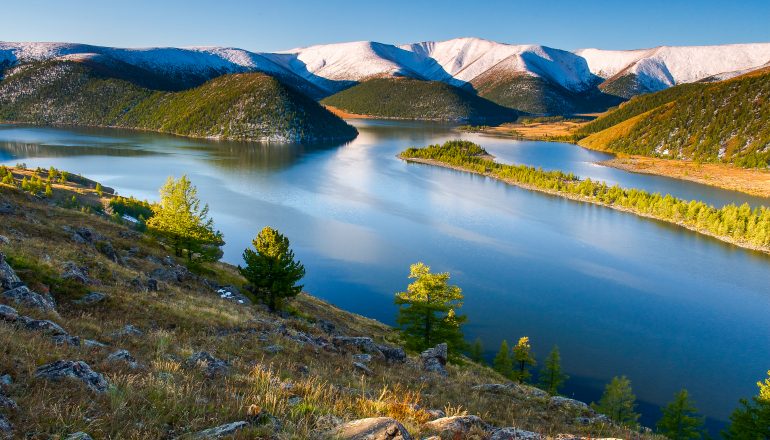



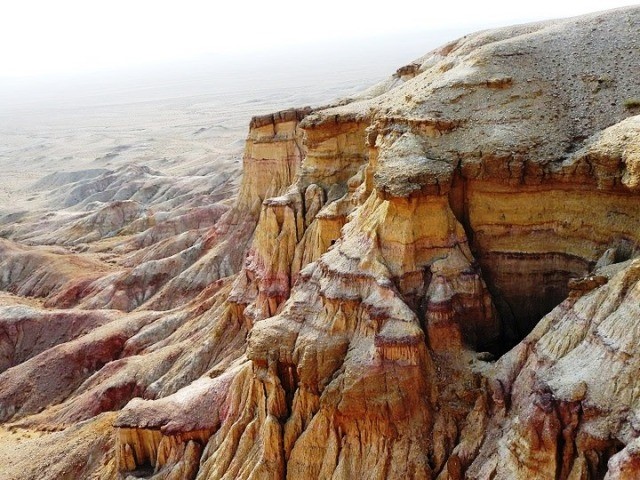
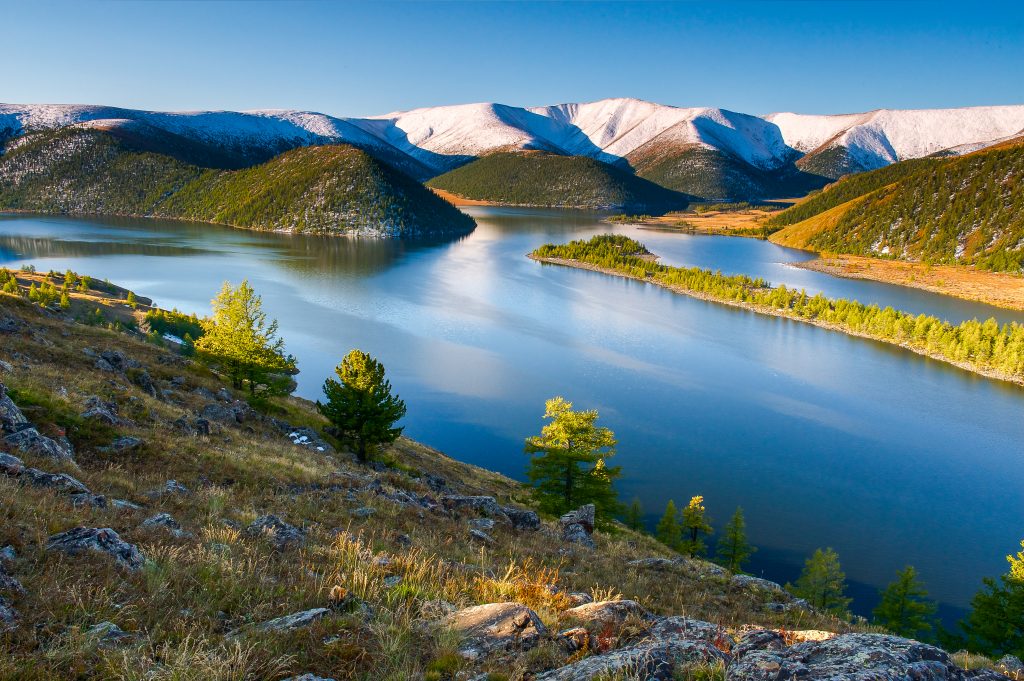



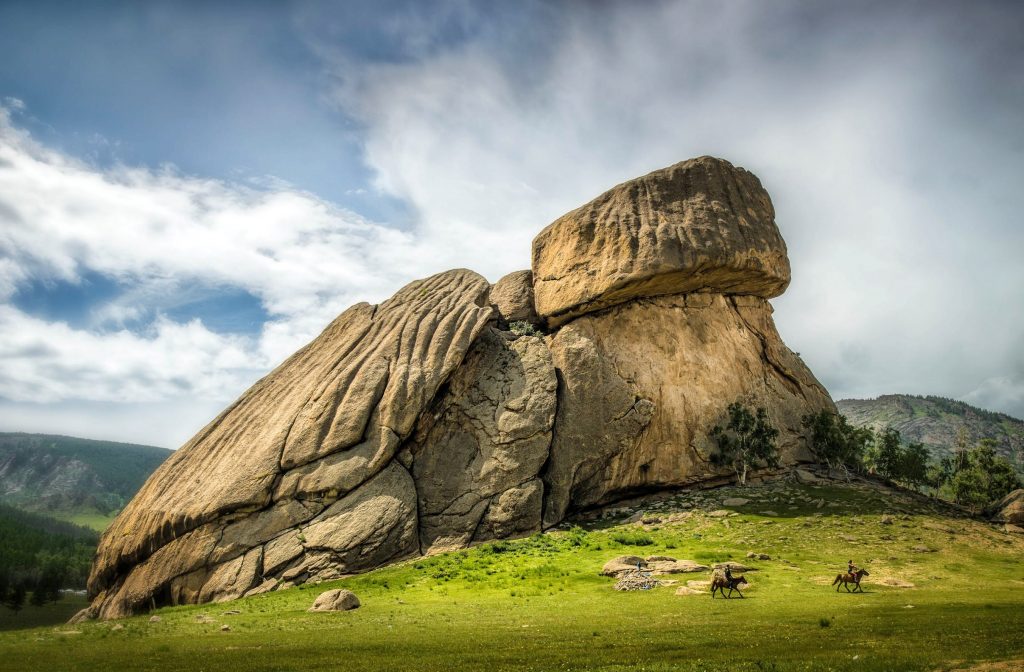
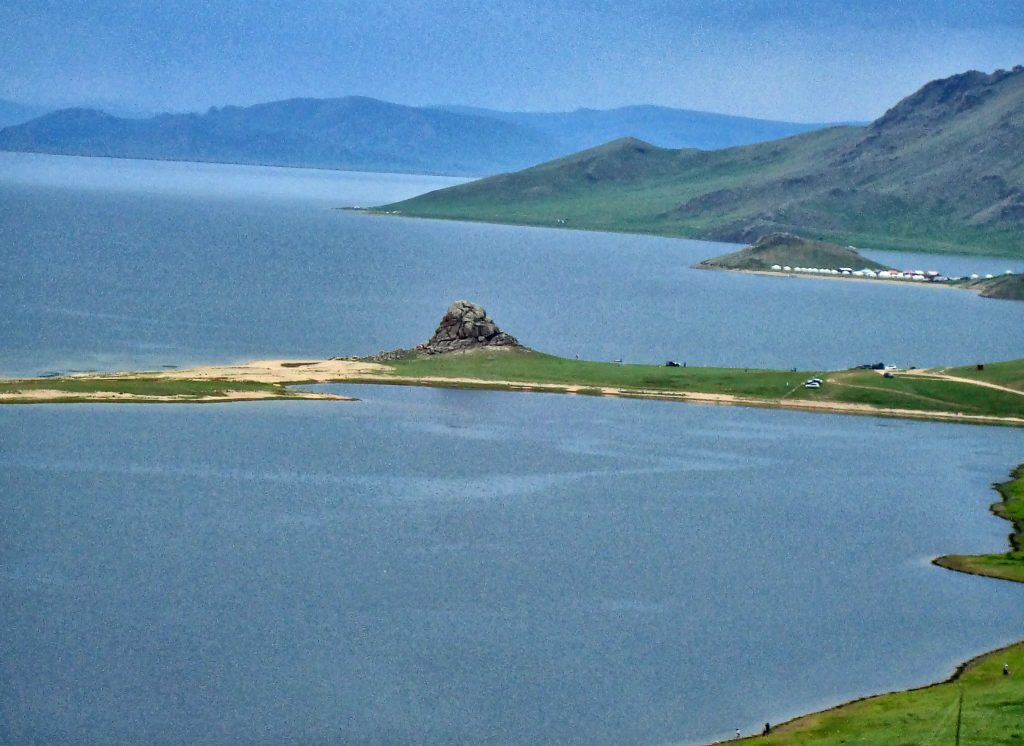
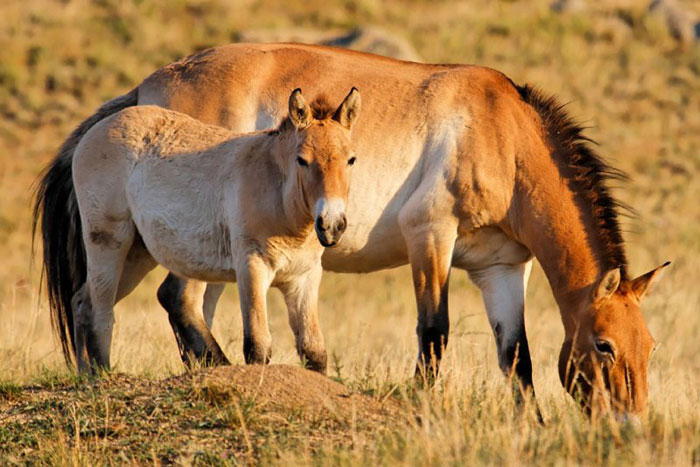
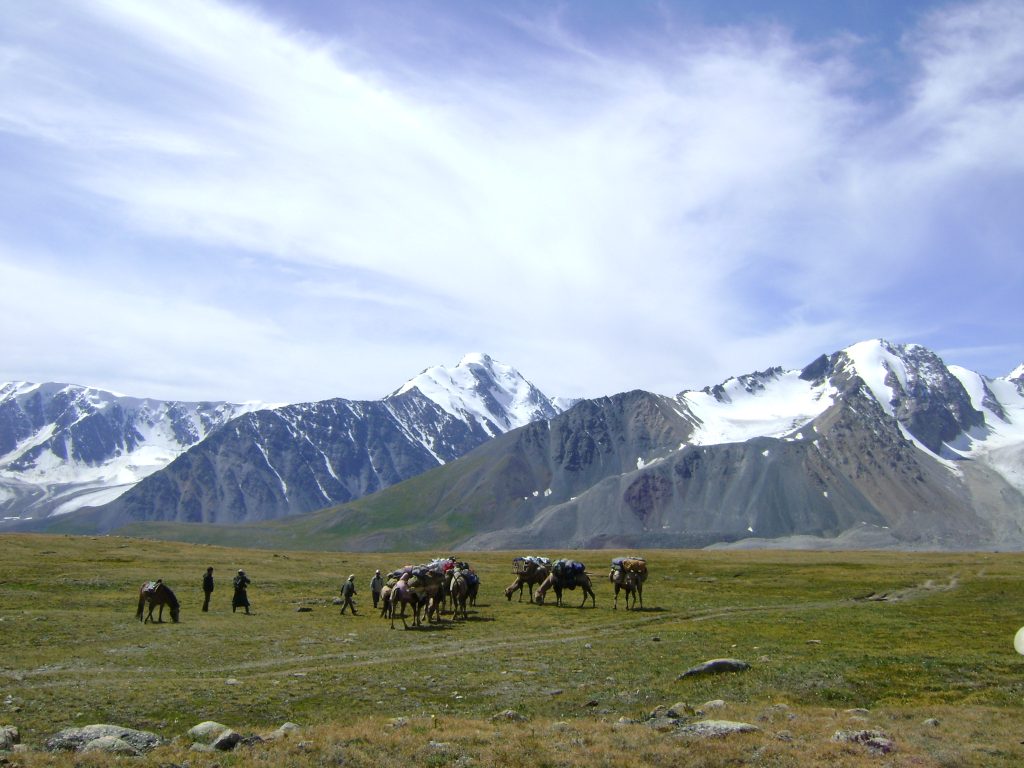









Working every day by day I’m a lot more impressed by your post. Thanks for your personal efforts with expressing the following theme.
Ég er mjög hrifinn af ritfærni þinni sem og skipulaginu á blogginu þínu. Er þetta gjaldað þema eða sérsniðið þið það sjálfur? Hvort heldur sem er, haltu áfram að skrifa frábærlega, það er sjaldgæft að sjá frábært blogg eins og þetta nú á dögum.